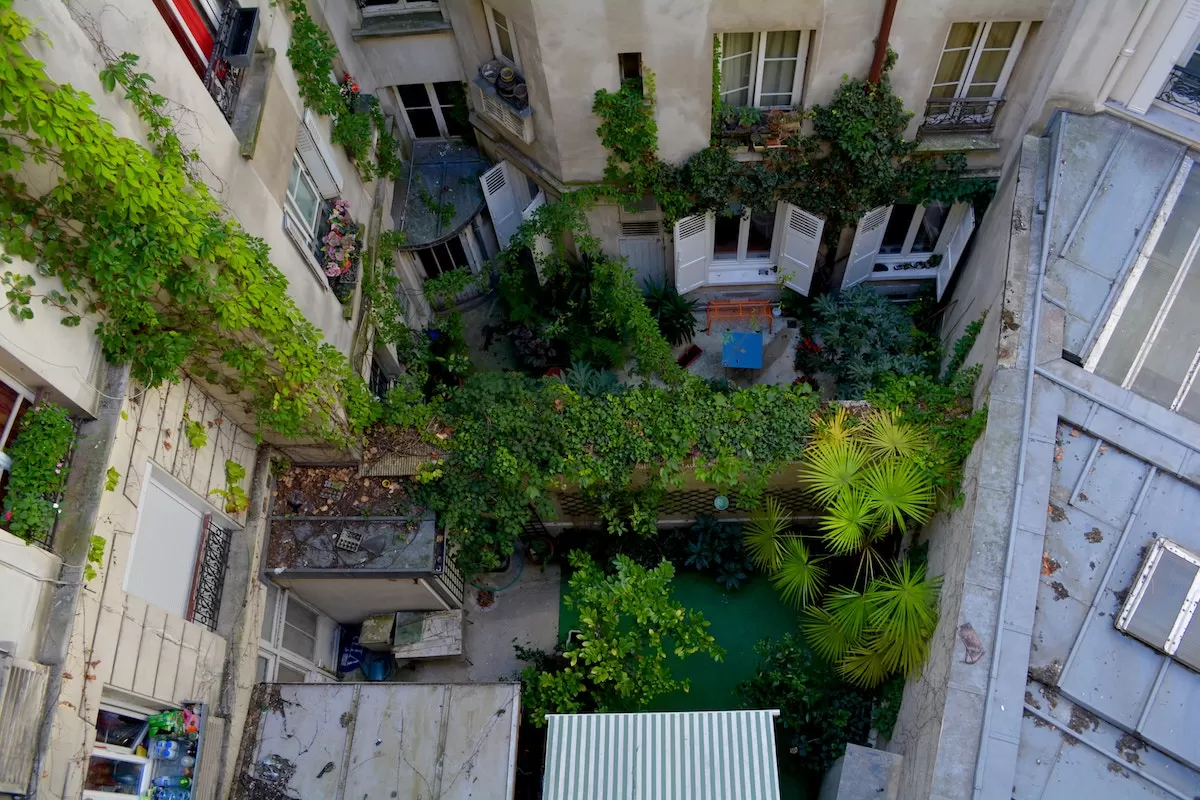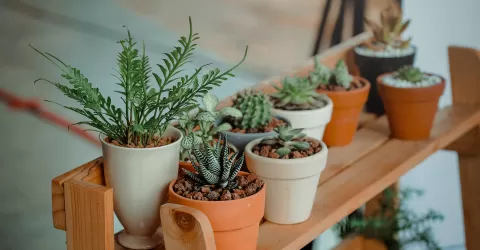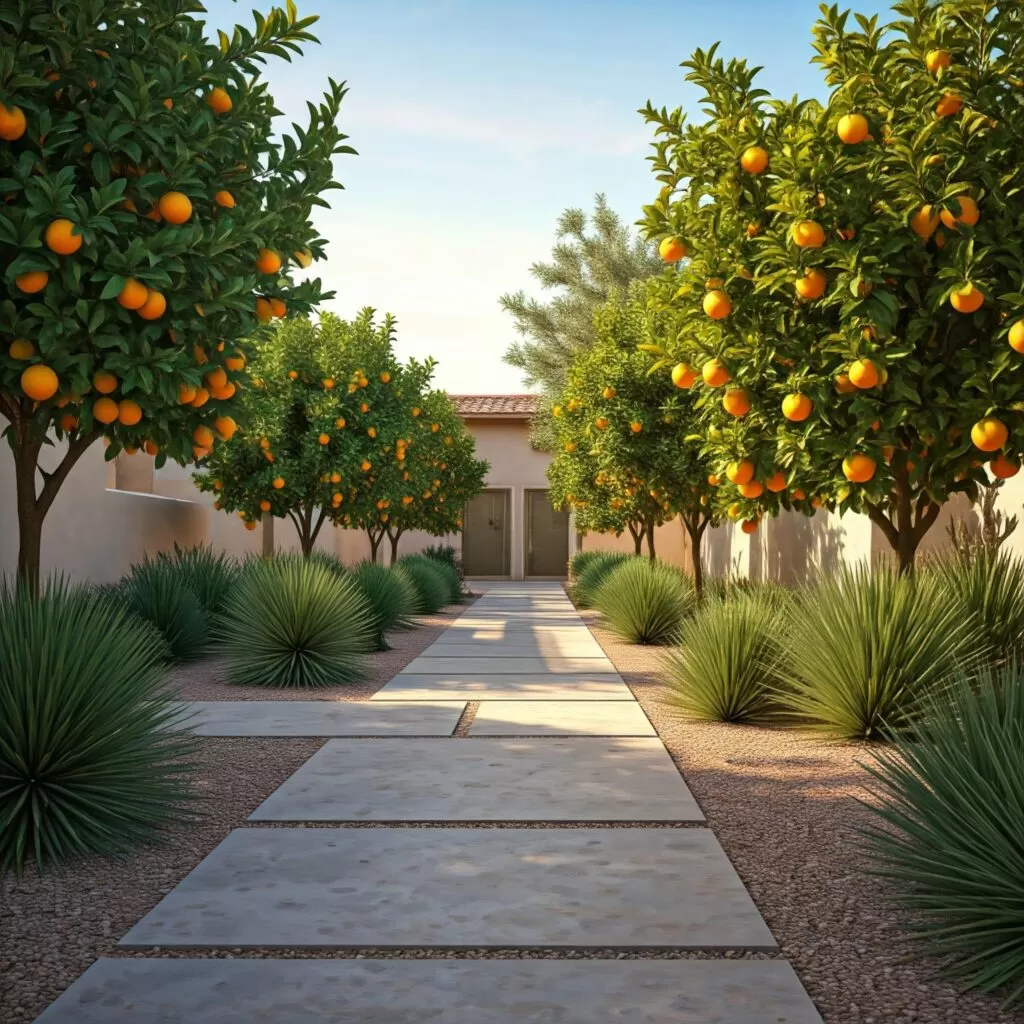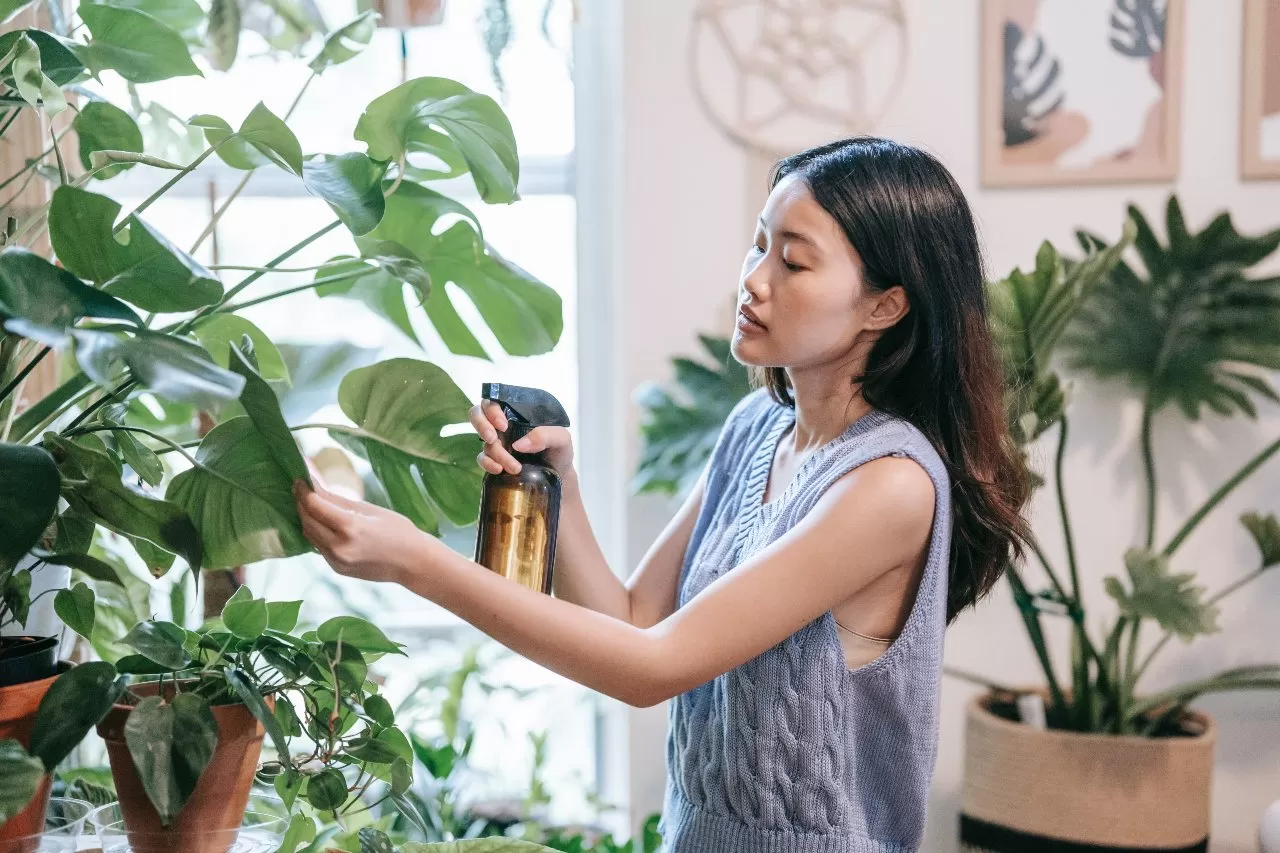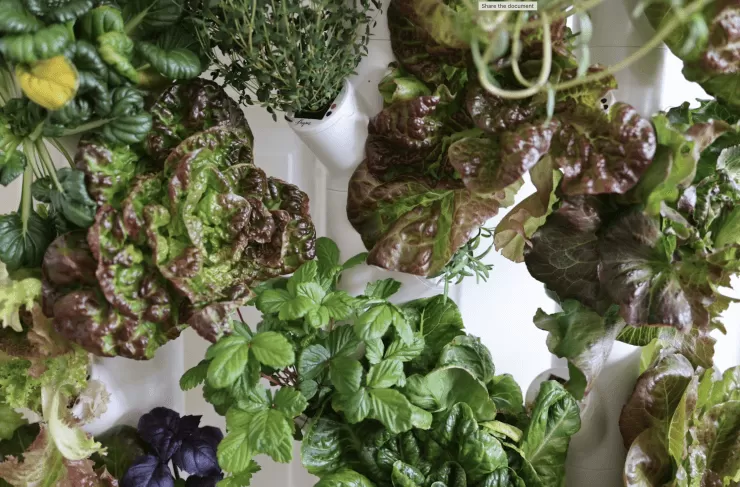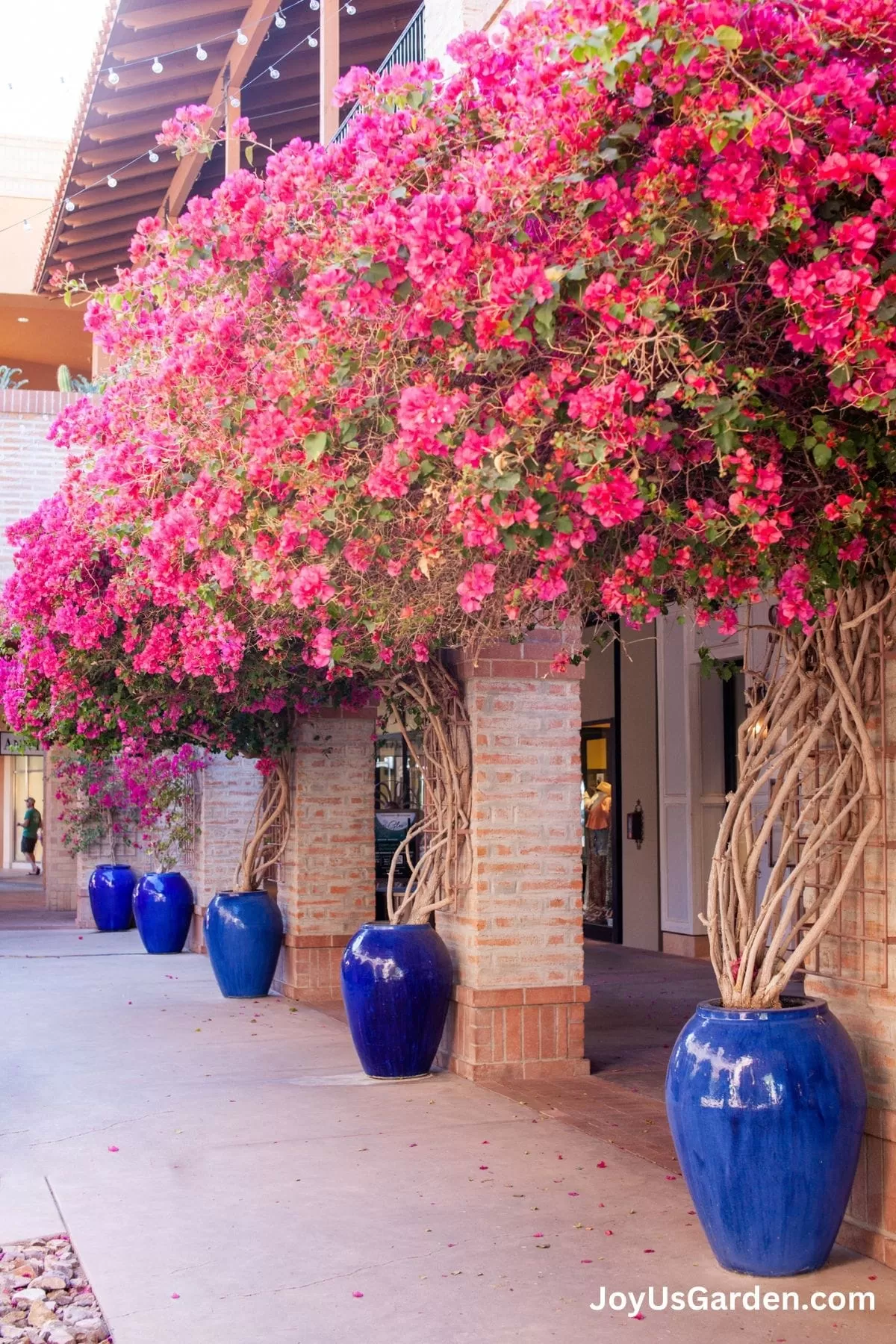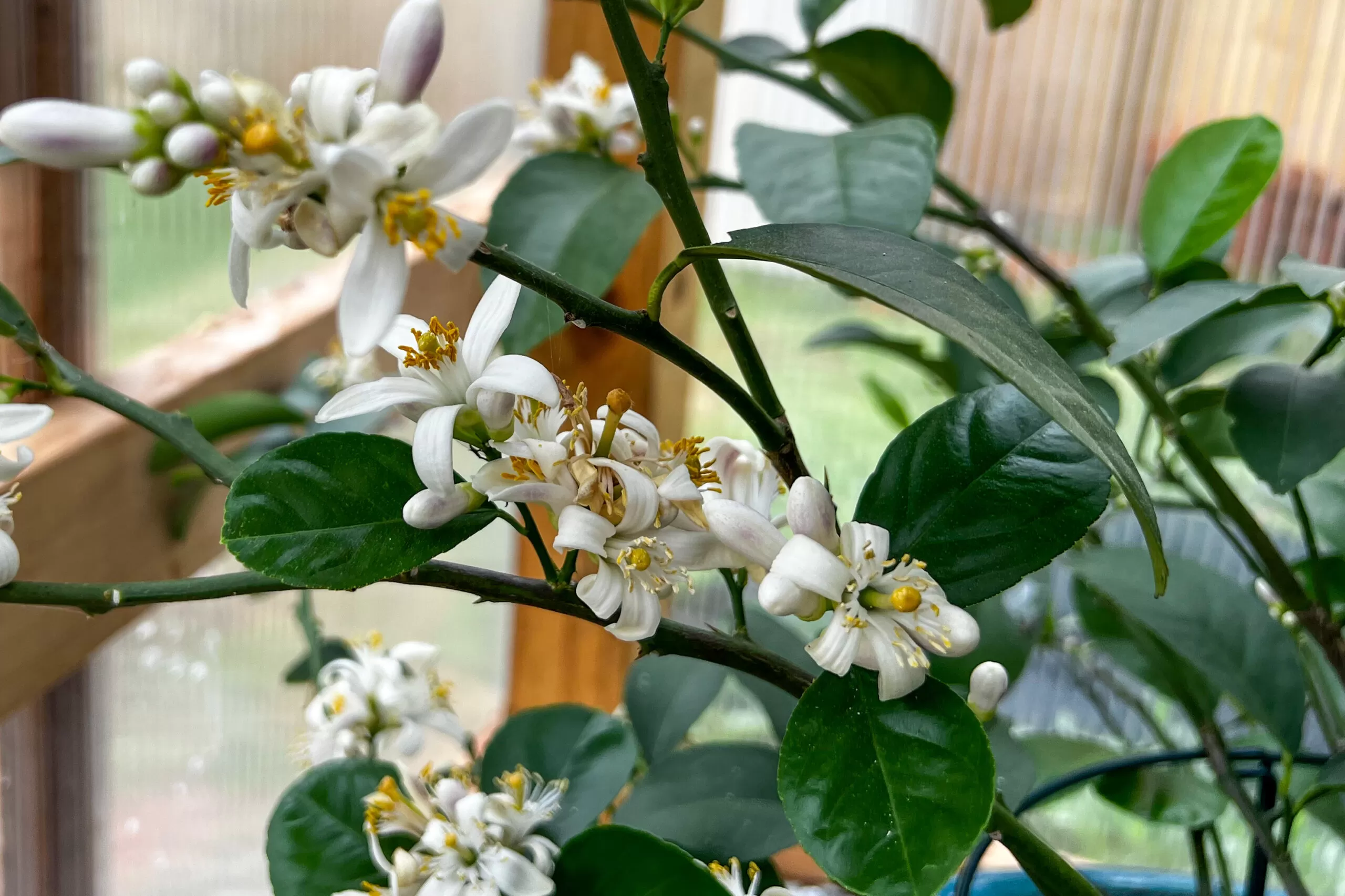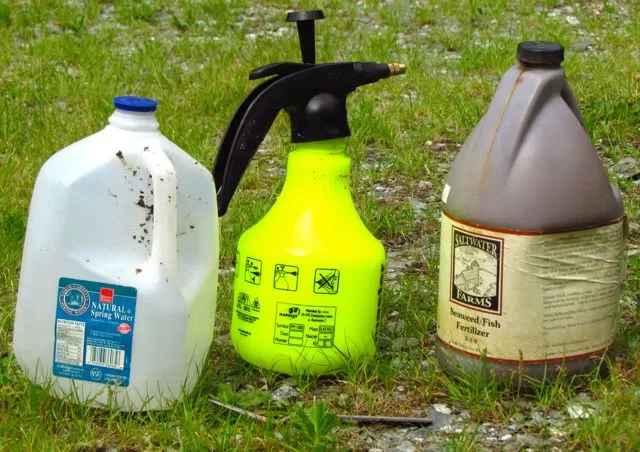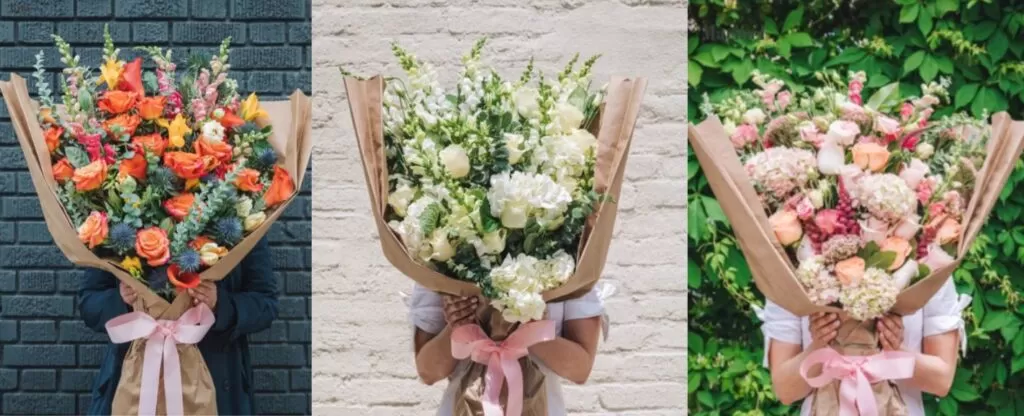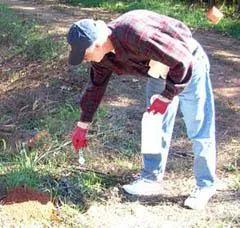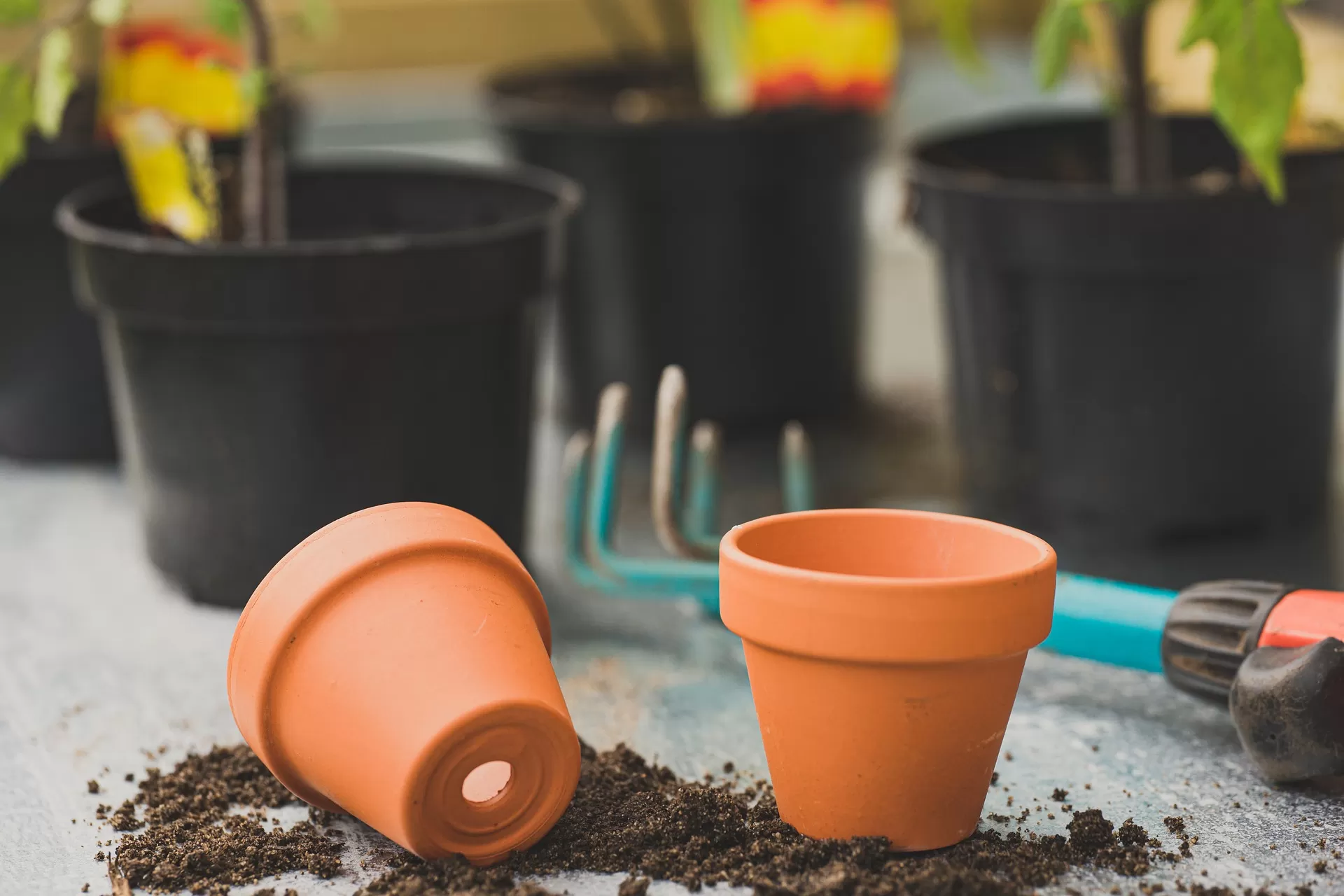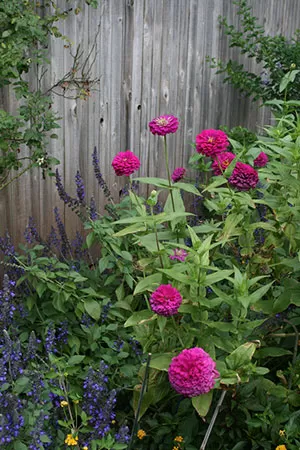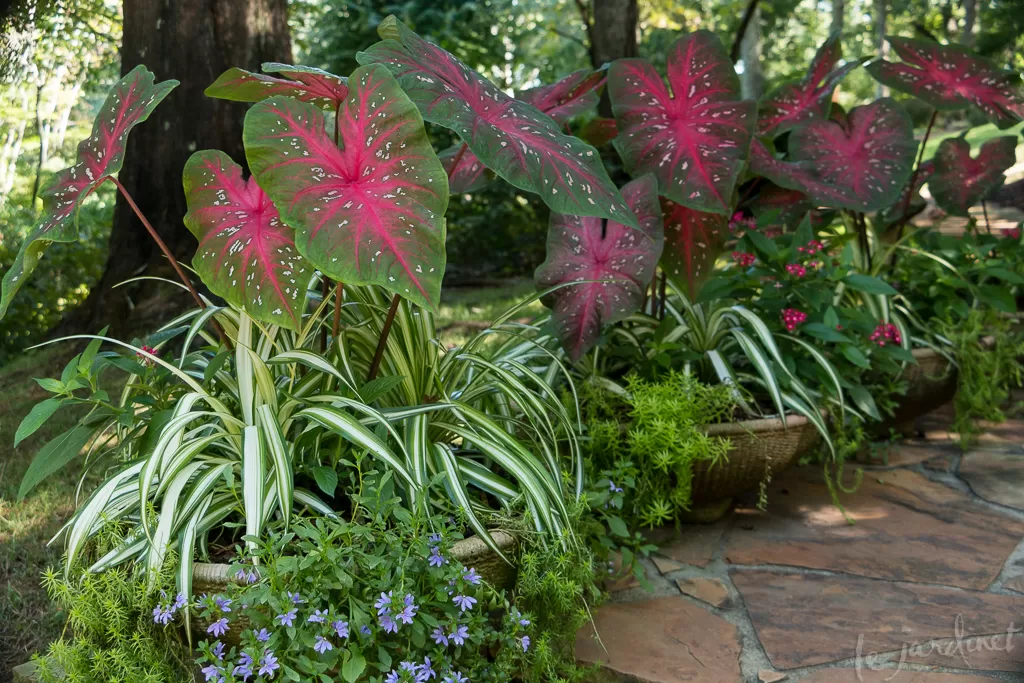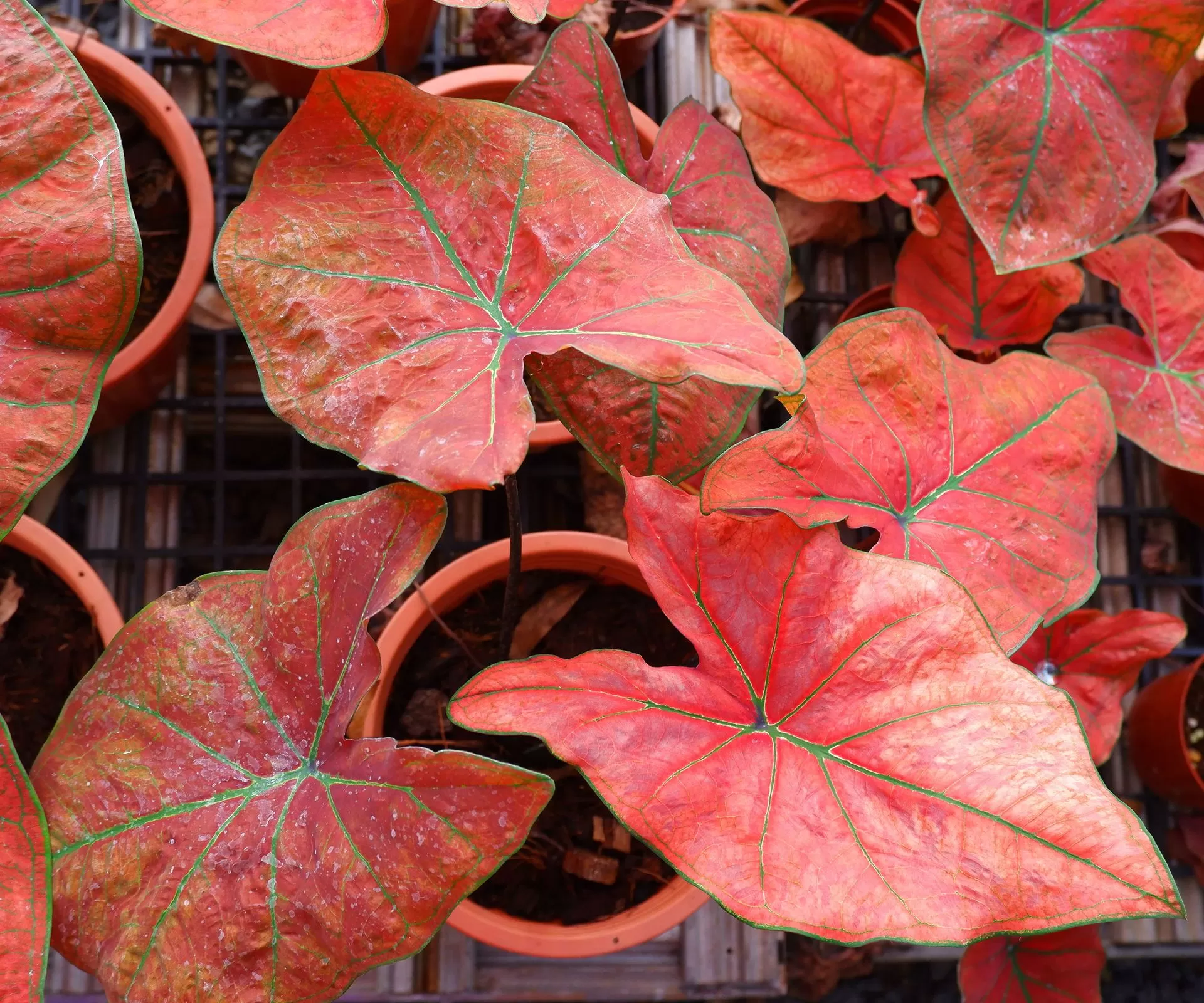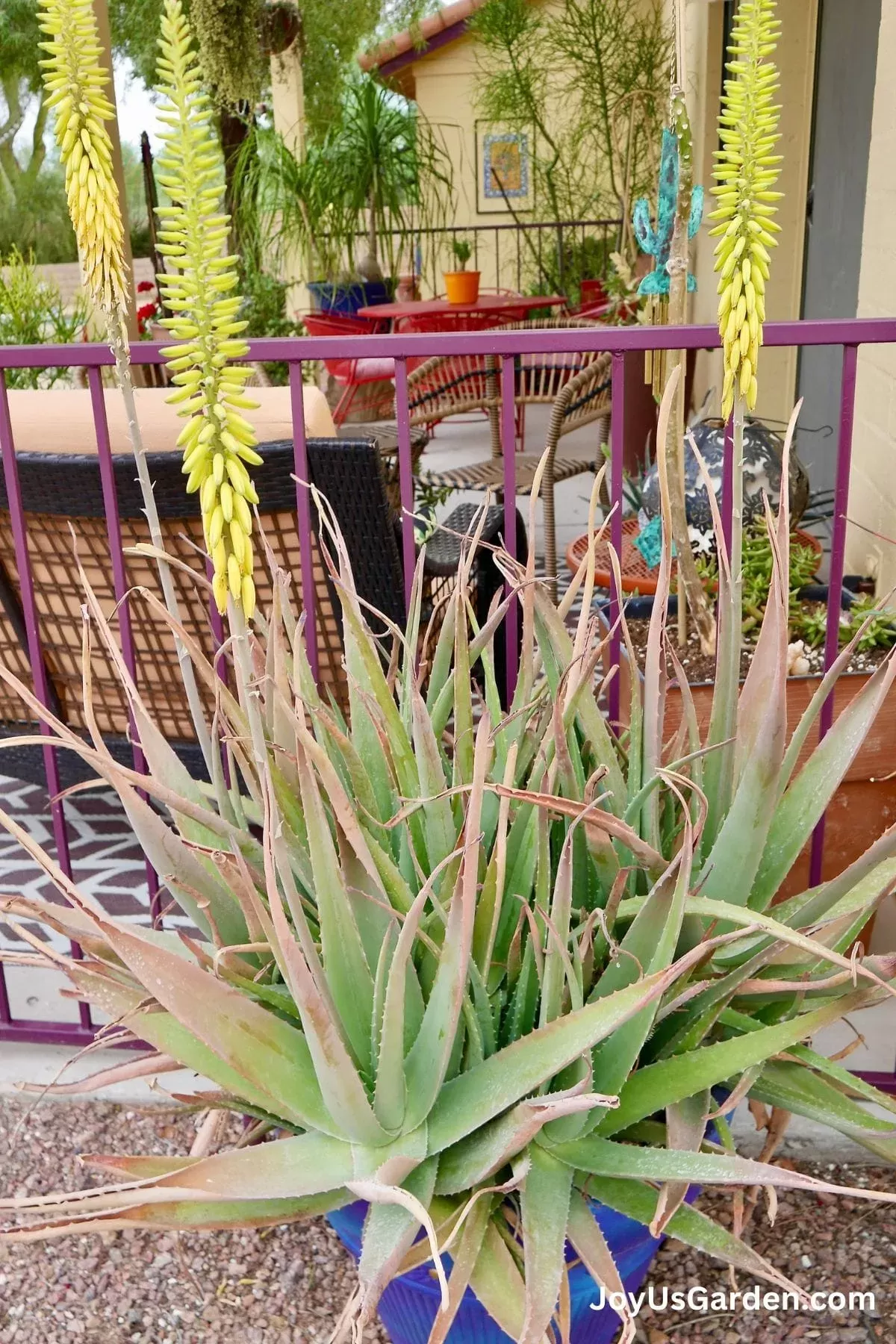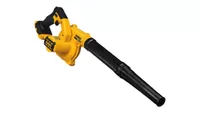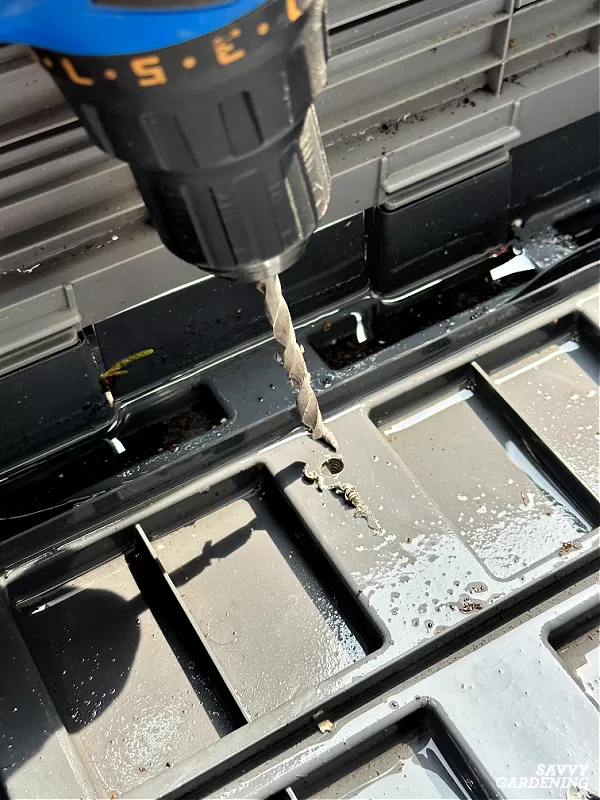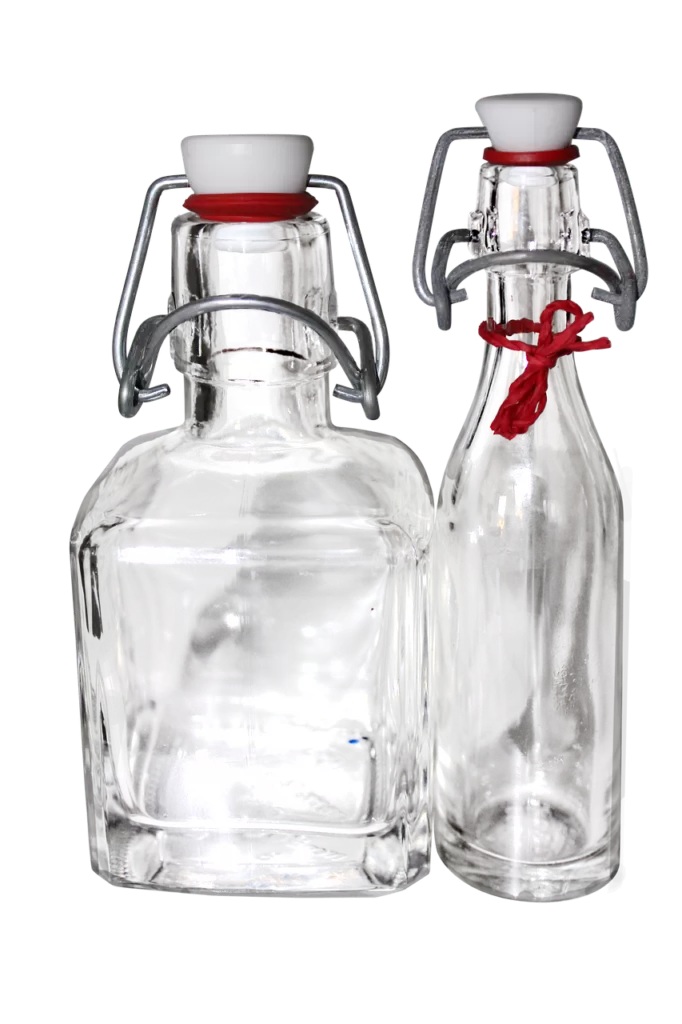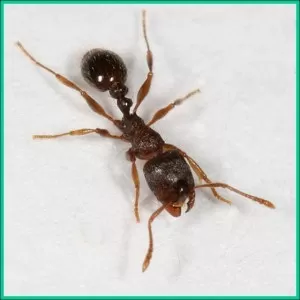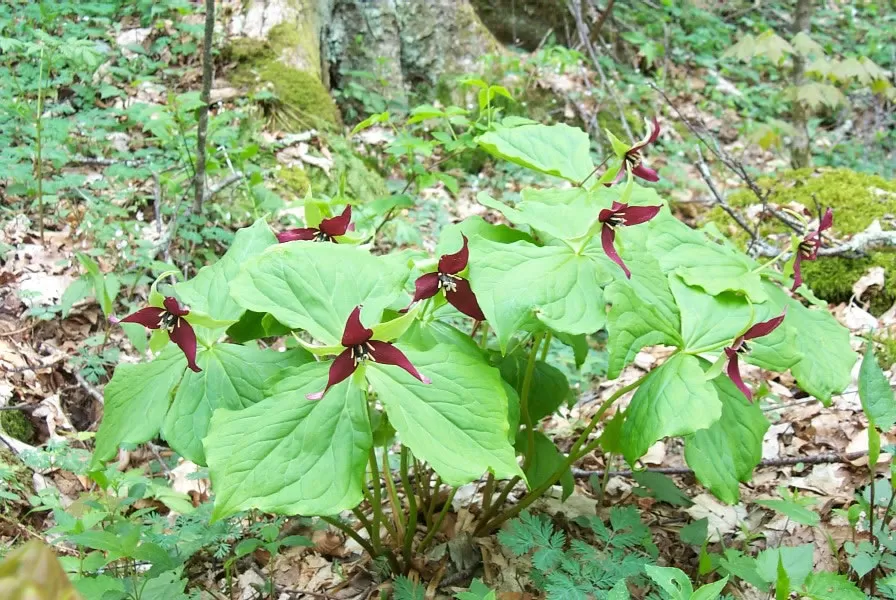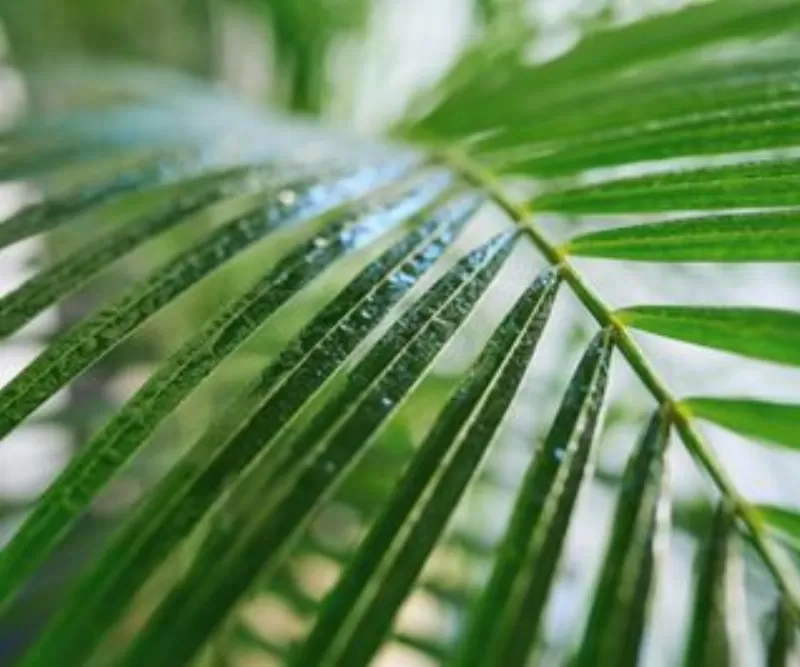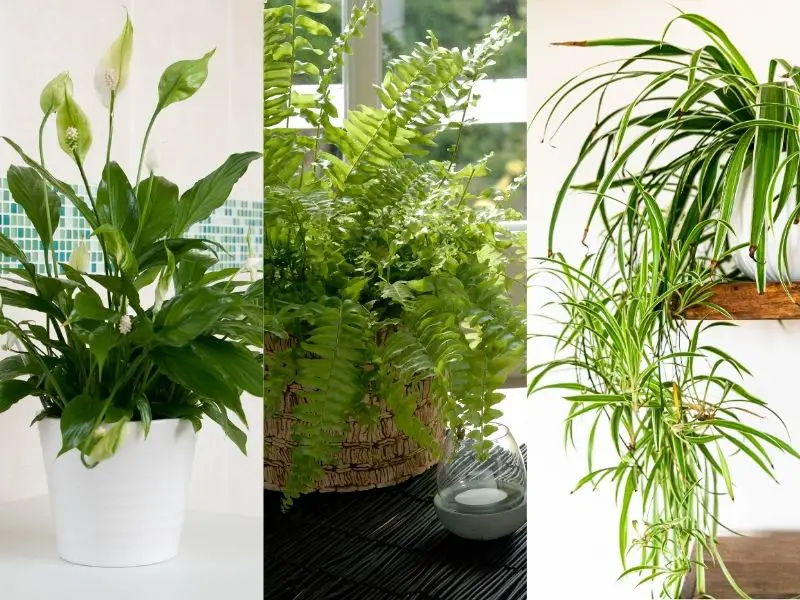Are you a plant lover who dreams of lush indoor greenery but struggles with watering schedules, messy soil, or pesky fungus gnats? You’re not alone! Like many home gardeners, I’ve found the key to enjoying beautiful houseplants without the fuss: focusing on plants that thrive purely in water. This approach, sometimes called hydroponic gardening on a small scale, simplifies plant care dramatically and opens up exciting new ways to display your botanical treasures. Forget the dirt – let’s dive into the wonderful world of water-only houseplants.
Contents
- Why Choose Water-Only Houseplants?
- Selecting the Perfect Container for Water-Grown Plants
- Getting Started with Water-Only Houseplants: A Simple Guide
- Caring for Your Water-Grown Wonders
- Top Water-Only Houseplants to Try
- Chinese Evergreen
- Rubber Plant
- Dumb Cane
- English Ivy
- Heartleaf Philodendron
- Devil’s Ivy (Golden Pothos)
- Lucky Bamboo
- Spider Plant
- Coleus
- Begonia
- Sweet Potato Vine
- Geranium
- The Simple Joy of Water-Only Houseplants
Why Choose Water-Only Houseplants?
Embracing water-only houseplants is more than just a trend; it’s a smart, clean, and often easier way to bring nature indoors. Here are some compelling reasons to consider a soil-free setup for your green friends:
- Simplified Care: The biggest challenge for many indoor gardeners is getting watering right – too much leads to root rot, too little causes wilting. When plants live in water, the guesswork is gone. You simply monitor the water level and replenish as needed, making them incredibly forgiving, even for busy or forgetful plant parents.
- Minimal Mess: Say goodbye to spilled soil on windowsills, tabletops, and floors. Growing plants in water eliminates the need for potting mix entirely, resulting in a much cleaner environment. This is a game-changer, especially for those with curious pets or young children.
- Fewer Pests: Many common houseplant pests, particularly fungus gnats, rely on soil to breed and thrive. By removing the soil component, you drastically reduce the likelihood of these annoying visitors taking up residence in your home.
- Effortless Propagation: Water is the perfect medium for rooting cuttings. Many popular houseplants readily send out roots when placed in water, allowing you to easily multiply your collection or share with friends. You can then choose to pot them up or keep them growing in water long-term.
- Stunning Displays: The beauty of growing plants in water is seeing the roots develop. Displaying plants in clear glass containers allows you to admire the intricate root systems, adding a unique visual element to your home decor. Simple glass jars, elegant vases, or dedicated propagation stations turn your plants into living art.
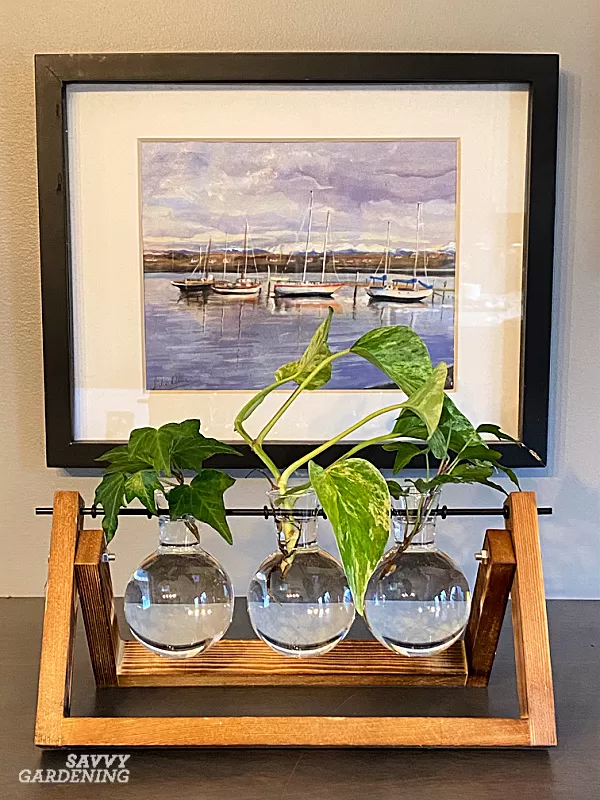 Collection of water-only houseplants displayed in glass containers on a wooden stand, showcasing soil-free indoor gardening.
Collection of water-only houseplants displayed in glass containers on a wooden stand, showcasing soil-free indoor gardening.
Selecting the Perfect Container for Water-Grown Plants
Part of the fun of growing water-only houseplants is choosing the vessels to house them. Almost any watertight container can work, from upcycled jars to purpose-built propagation stations. The key is to select a container appropriate for the size of the plant cutting or specimen you’re starting with, considering its growth potential. As the plant grows and develops a more extensive root system, you may need to move it to a larger container.
Consider these popular options for displaying your soil-free green companions:
- Vases: Available in countless shapes, sizes, and materials. Clear glass vases are ideal for showcasing roots. Narrow-necked vases help support single stems or small groupings.
- Jars: Repurpose old jam, pickle, or mason jars. Their varied sizes and shapes make them versatile homes for cuttings and smaller plants.
- Glasses: Chipped or mismatched drinking glasses can find a new life as charming plant containers.
- Test Tubes & Propagation Stations: These offer a modern, minimalist look and are fantastic for rooting multiple cuttings simultaneously. Wall-mounted versions are great space-savers.
- Wall-Mounted Containers: Since many water-grown plants don’t need direct sun, they are perfect for wall displays. Look for wall-mounted vases, glass globes, or test tube racks to add vertical interest.
Getting Started with Water-Only Houseplants: A Simple Guide
Transitioning to water-only houseplants is incredibly straightforward. Follow these easy steps to begin your soil-free indoor garden:
- Choose the Right Plant: Not all plants are suited for long-term growth solely in water. Select species known to thrive in this environment (we’ll list several below!).
- Take a Healthy Cutting: The best way to start is with a fresh stem or leaf cutting from a healthy parent plant. Use clean, sharp garden snips or scissors. For most vining plants, make the cut just below a leaf node, as this is where roots are most likely to form. Ensure the cutting has several leaves, but remove any leaves that would be submerged in water.
- Add Clean Water: Place your cutting in your chosen container. Fill it with clean water. While tap water can work, allowing it to sit for 24 hours before use helps dissipate chlorine. Bottled water or rainwater are also good options.
- Find the Perfect Spot: Position your water-filled container in a location that receives bright, indirect light. Avoid direct sunlight, which can overheat the water and encourage algae growth. Also, keep plants away from direct heat sources like radiators or heating vents.
Caring for Your Water-Grown Wonders
Caring for water-only houseplants is blessedly simple, freeing up time you might otherwise spend on complex soil-based routines.
- Monitor Water Levels: Water evaporates over time. Keep an eye on the level and top it up as needed to ensure the roots remain submerged.
- Change Water Periodically: It’s a good idea to change the water every few weeks, or whenever it starts looking cloudy. This helps keep the water fresh and prevents the buildup of stagnant conditions. When changing the water, you can also gently rinse the roots if they feel slimy.
- Optional Feeding: While many plants can survive on just water for a while, adding a tiny amount of liquid fertilizer every month or two can support healthier, more vigorous growth, especially for long-term water residents. Use a very dilute solution formulated for houseplants.
- Enjoy Root Development: One of the unique pleasures is watching the roots grow! They will typically appear within a few weeks to a couple of months, depending on the plant species and conditions.
Once roots are established, you have the choice: transplant the plant to soil if that was your goal (like with propagation), or continue growing it in water indefinitely. Many species are perfectly happy living their entire lives in water with minimal attention beyond topping up and occasional water changes.
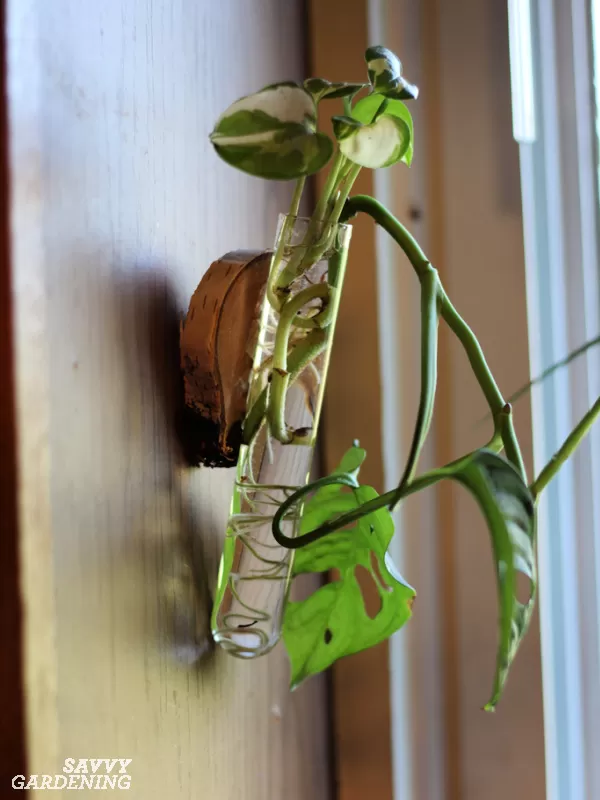 Golden Pothos and Monstera adansonii cuttings rooting in water in wall-mounted test tube propagation station.
Golden Pothos and Monstera adansonii cuttings rooting in water in wall-mounted test tube propagation station.
Top Water-Only Houseplants to Try
Ready to start your soil-free indoor jungle? Here are some of the best and easiest houseplants that thrive when grown in water:
Chinese Evergreen
- Scientific Name: Aglaonema species
- Common Name: Chinese Evergreen
- Light: Low to bright indirect light
- Humidity: Average to high humidity preferred
- Water: Grown in water
Known for their stunning foliage in shades of green, silver, pink, and red, Chinese Evergreens are incredibly tolerant and low-maintenance. Take a 6-inch stem cutting and place it in water. They are perfect for adding color to lower light corners of your home or office.
Rubber Plant
- Scientific Name: Ficus elastica
- Common Name: Rubber Plant
- Light: Bright indirect light
- Humidity: Average to high humidity preferred
- Water: Grown in water
With their large, glossy leaves, Rubber Plants make a bold statement. While they can become large trees in soil, growth in water is slower and more contained. A 6-8 inch stem cutting placed in bright, indirect light will root in a few months and can continue to grow in water.
Dumb Cane
- Scientific Name: Dieffenbachia species
- Common Name: Dumb Cane
- Light: Bright indirect light
- Humidity: Average to high humidity preferred
- Water: Grown in water
Dieffenbachia features striking variegated leaves and is remarkably easy to care for. Cuttings root readily in water. Note: The sap is toxic and can cause skin irritation and swelling if ingested, hence the common name. Handle with gloves and keep away from children and pets.
English Ivy
- Scientific Name: Hedera helix
- Common Name: English Ivy
- Light: Low to bright indirect light
- Humidity: Average humidity tolerated, higher preferred
- Water: Grown in water
A classic trailing plant, English Ivy adapts well to water culture. Take 4-6 inch green stem cuttings (avoid woody parts) and place them in water. They are vigorous growers and look fantastic cascading from shelves or wall containers.
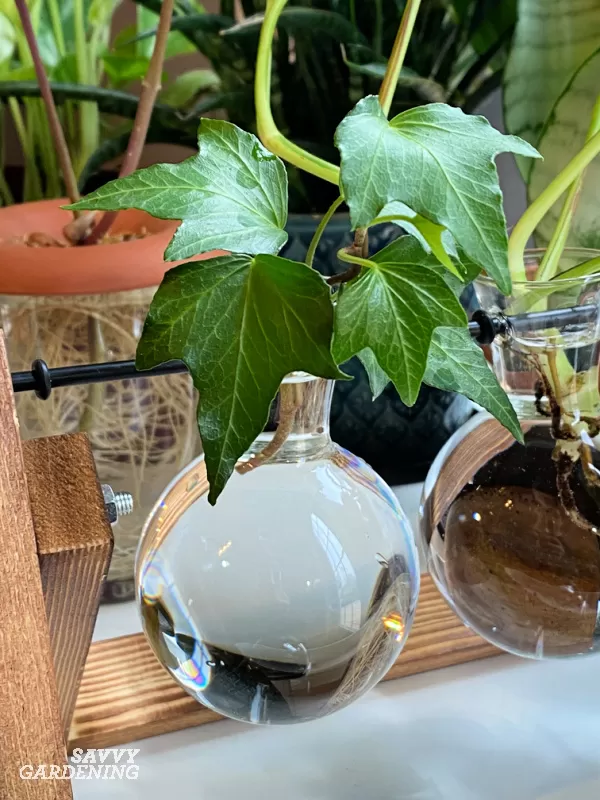 English Ivy cuttings thriving as water-only houseplants in a clear glass vase.
English Ivy cuttings thriving as water-only houseplants in a clear glass vase.
Heartleaf Philodendron
- Scientific Name: Philodendron hederaceum
- Common Name: Heartleaf Philodendron
- Light: Bright indirect light
- Humidity: Average to high humidity preferred
- Water: Grown in water
Beloved for its easy-care nature and beautiful heart-shaped leaves, this vining plant is a staple for water propagation and growth. Take 4-8 inch stem cuttings, remove lower leaves, and place in water. It thrives in average room temperatures and bright indirect light.
Devil’s Ivy (Golden Pothos)
- Scientific Name: Epipremnum aureum
- Common Name: Devil’s Ivy, Golden Pothos
- Light: Low to bright indirect light
- Humidity: Average humidity tolerated, higher preferred
- Water: Grown in water
Often confused with Philodendron, Golden Pothos is another incredibly forgiving vine with variegated leaves. Its trailing habit makes it perfect for showcasing in tall vases or hanging containers. Cuttings root quickly and vigorously in water.
Lucky Bamboo
- Scientific Name: Dracaena sanderiana
- Common Name: Lucky Bamboo
- Light: Bright indirect light
- Humidity: Average humidity tolerated
- Water: Grown in water
Despite the name, Lucky Bamboo is a Dracaena species commonly sold in intricate shapes specifically for water culture. These architectural plants prefer bright, indirect light and are typically grown in vases with pebbles for support. Fertilize very weakly every 1-2 months.
Spider Plant
- Scientific Name: Chlorophytum comosum
- Common Name: Spider Plant
- Light: Bright indirect light
- Humidity: Average humidity tolerated
- Water: Grown in water
Known for their easy care and production of “spiderettes” (pups), Spider Plants are fantastic for water propagation and long-term growth. Simply snip off a pup and place it in water. My own family has enjoyed multi-generational spider plants grown this way for years!
Coleus
- Scientific Name: Solenostemon scutellarioides
- Common Name: Coleus
- Light: Bright indirect light (for best color)
- Humidity: Average humidity tolerated
- Water: Grown in water
While often grown outdoors as annuals, Coleus makes a vibrant indoor plant when cuttings are rooted and grown in water. Their stunning foliage colors add a splash of interest through the winter months. Take 6-8 inch cuttings in autumn before frost.
Begonia
- Scientific Name: Begonia species
- Common Name: Begonia
- Light: Bright indirect light
- Humidity: High humidity preferred
- Water: Grown in water
Many Begonia types, including Wax, Tuberous, and Angelwing Begonias, can be rooted and grown in water. A stem cutting (for Wax Begonias) or even a single leaf with a bit of stem (for Tuberous, Rex, and Angelwing) is often enough to start a new plant in water.
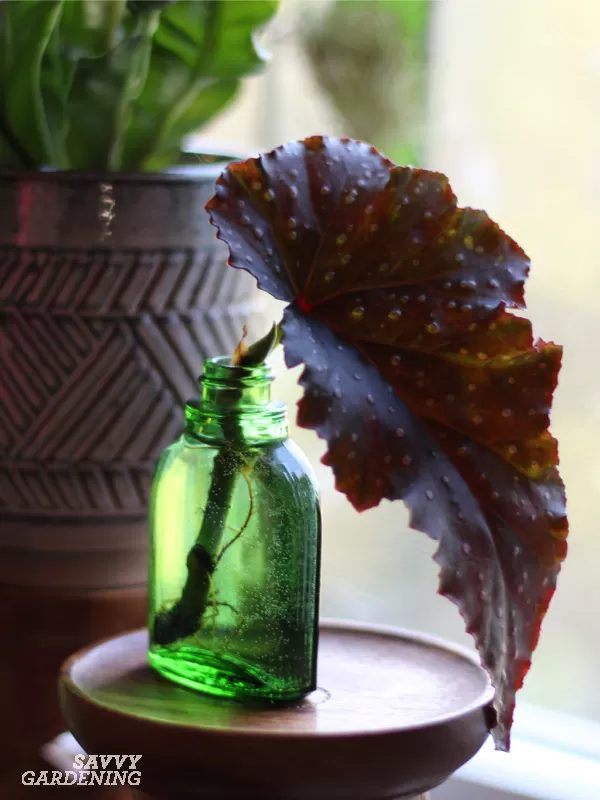 Begonia leaf and stem cutting rooting in water for easy soil-free propagation.
Begonia leaf and stem cutting rooting in water for easy soil-free propagation.
Sweet Potato Vine
- Scientific Name: Ipomoea batatas
- Common Name: Sweet Potato Vine
- Light: Bright indirect light
- Humidity: Average humidity tolerated
- Water: Grown in water
Popular in summer containers for their vigorous trailing growth and colorful foliage, Sweet Potato Vine cuttings root readily in water indoors, allowing you to enjoy them year-round. Take 6-8 inch cuttings just below a leaf node.
Geranium
- Scientific Name: Pelargonium species
- Common Name: Geranium
- Light: Bright indirect light
- Humidity: Average humidity tolerated
- Water: Grown in water
Instead of bringing large potted Geraniums indoors for winter, take 5-7 inch stem cuttings just below a leaf node and root them in water. They make lovely, long-lasting indoor plants, adding a touch of summer charm.
Other notable plants that can thrive in water include Wandering Jew (Tradescantia species) and Peace Lily (Spathiphyllum species). Experiment with different plant cuttings to discover your favorites!
The Simple Joy of Water-Only Houseplants
Embracing water-only houseplants simplifies indoor gardening, minimizes mess, reduces pests, and allows for beautiful, unique displays. Whether you’re a seasoned plant enthusiast or a complete beginner, trying out a few cuttings in water can be a rewarding experience. It’s a reminder that sometimes, the easiest path leads to the most delightful results.
What are your favorite plants to grow in water? Share your experiences or ask questions in the comments below! Explore more tips and inspiration for your indoor garden on The Little Garden website.

